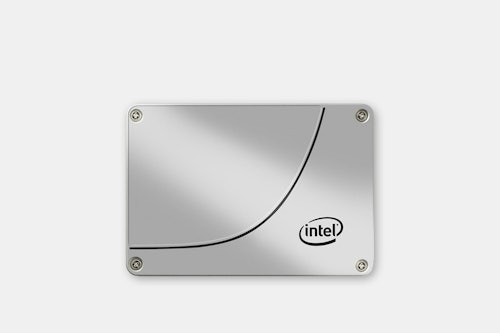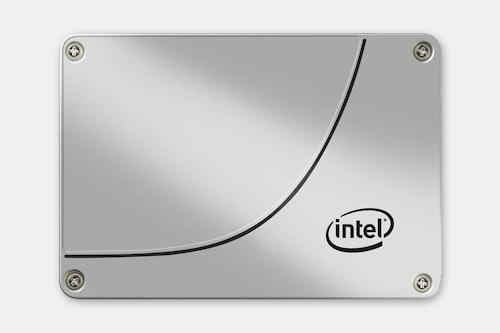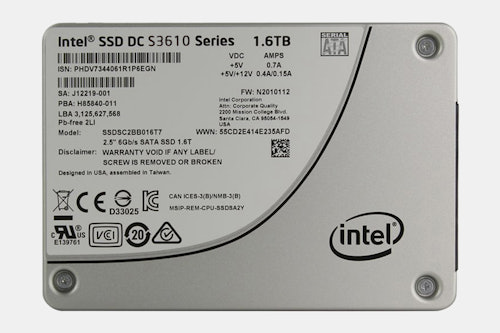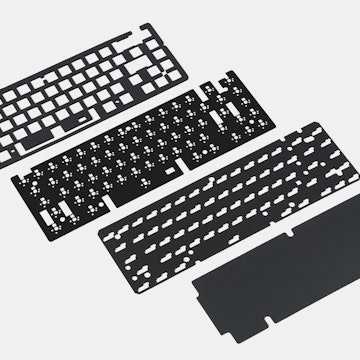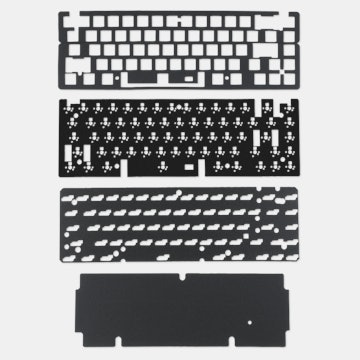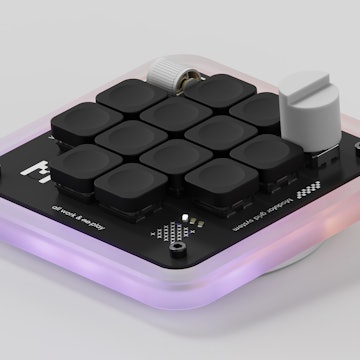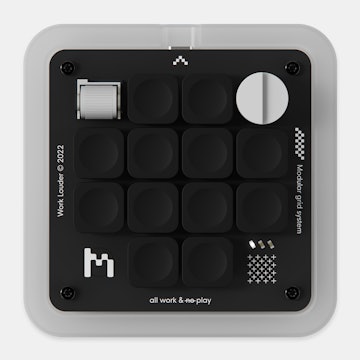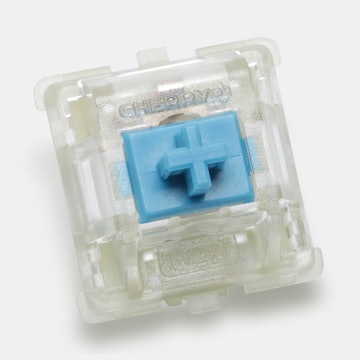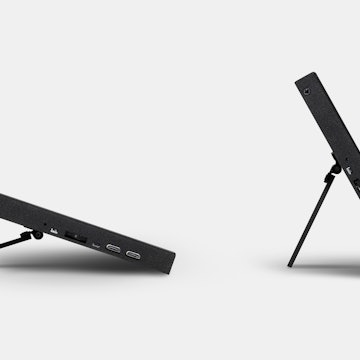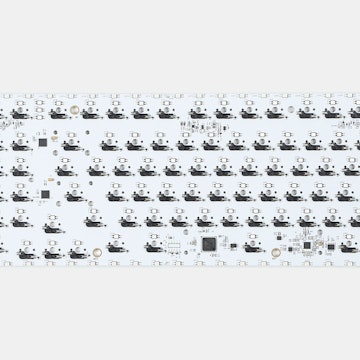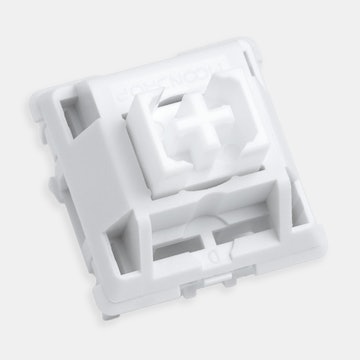Intel SSD DC S3610 Series Drives
Store More, Access Faster
Quick and efficient with plenty of storage space, the Intel DC S3610 solid-state drive is built to handle whatever workload you throw its way. Built on a SATA 3.0 6Gb/S interface, it’s available in six capacities: 100GB, 400GB, 480GB, 800GB, 1.2TB, and 1.6TB. With read speeds up to 550 megabytes a second and write speeds of 400 to 500 megabytes a second, transferring large files is easy. A latency read speed of 55 microseconds and a write speed of 66 microseconds means this drive can retrieve and record even large data tasks effortlessly.
Note: At checkout, choose 100GB (base price), 400GB (+ $140), 480GB (+ $200), 800GB (+ $400), 1.2TB (+ $680), or 1.6TB (+ $830).
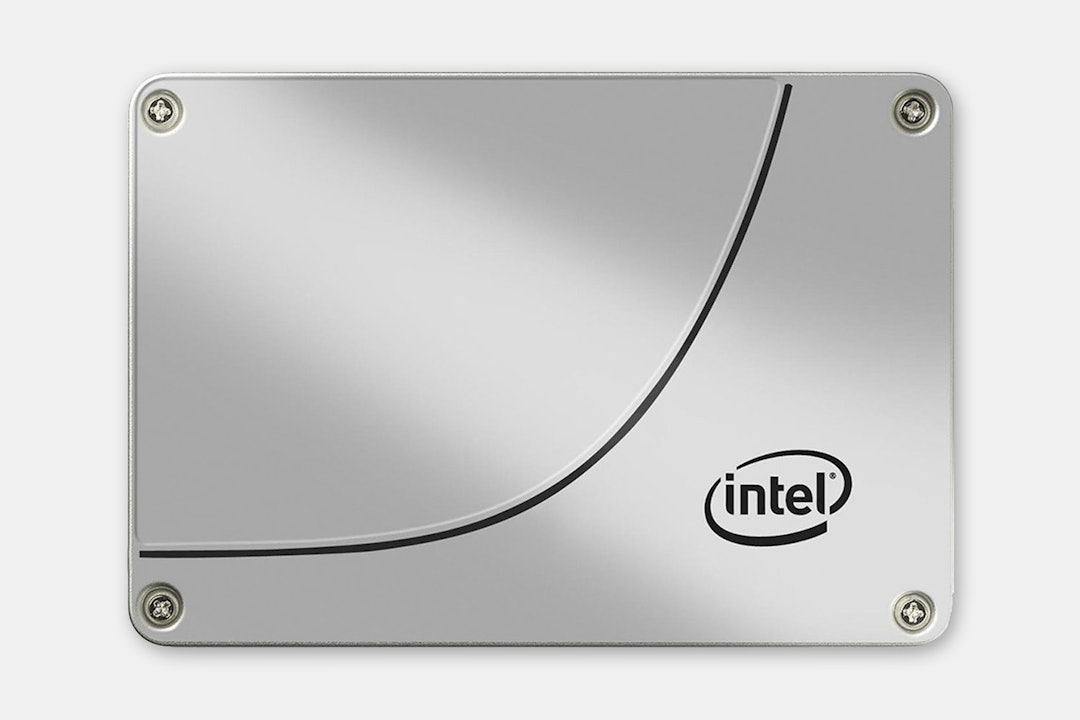

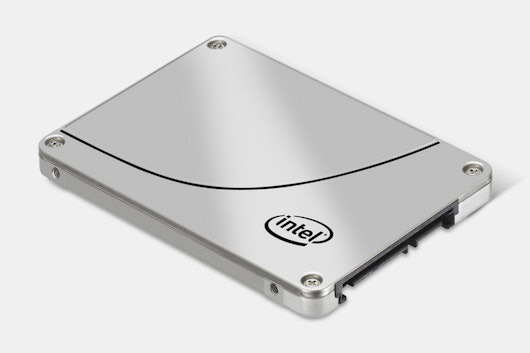
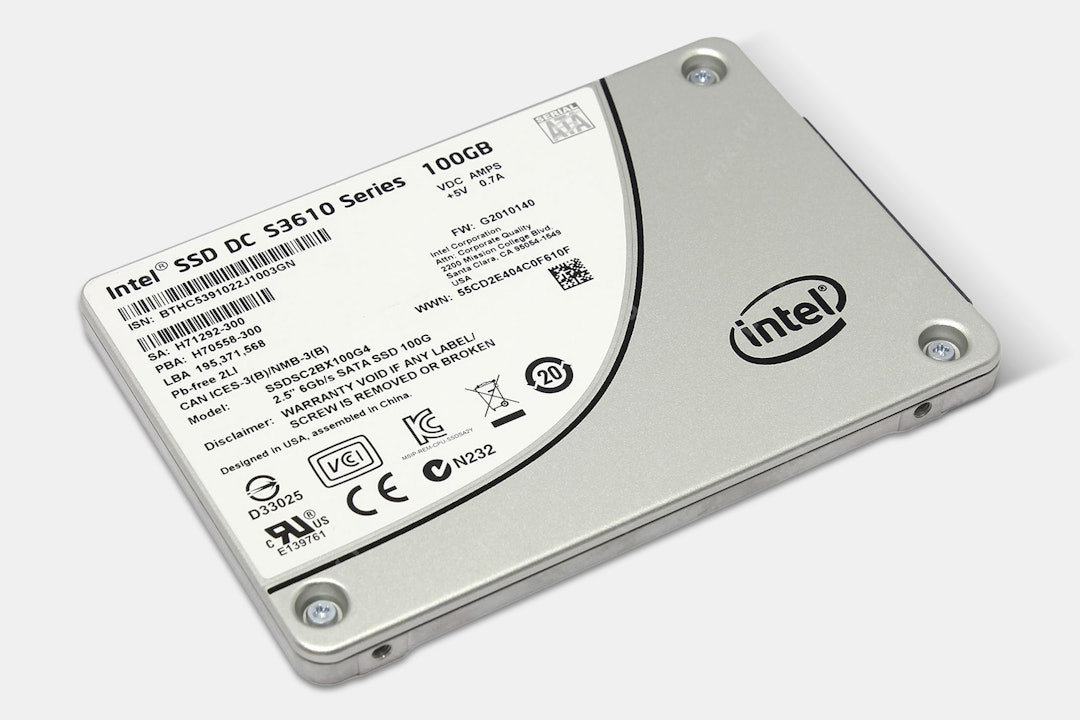
Size Options
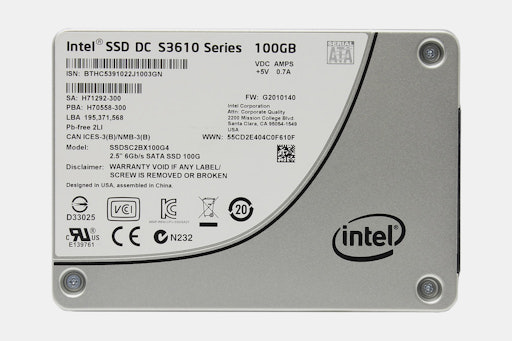






Specs
- S3610
Intel 100GB SSD
- Capacity: 100 GB
- Sequential read (up to): 550 MB/s
- Sequential write (up to): 520 MB/s
- Random read (100% span): 82,000 IOPS
- Random write (100% span): 6,500 IOPS
- Latency (read): 55 µs
- Latency (write): 66 µs
- Power, Active: 3.3 Wh
- Power, Idle: 0.53 Wh
- Vibration, Operating: 3.13 GRMS (5-700 Hz) max
- Vibration, Non-Operating: 3.13 GRMS (5-700 Hz) max
- Shock (Operating and Non-Operating): 1000 G (Max) at 0.5 ms
- Operating Temperature Range: 32–158° F (0–70° C)
- Mean Time Between Failures (MTBF): 2000000
- Uncorrectable Bit Error Rate (UBER): 1 sector per 10^17 bits read
- Supplemental Information
- Interface: SATA 3.0 6Gb/S
- Enhanced Power Loss Data Protection
- Hardware Encryption: AES 256 bit
- High Endurance Technology (HET)
- Temperature Monitoring and Logging
- End-to-End Data Protection
- Dimensions: 1.8 x 1 x 0.3 in (4.5 x 2.5 x 0.7 cm)
- Weight: 2.8 oz (82 g)
Intel 400GB SSD
- Capacity: 400 GB
- Sequential read (up to): 550 MB/s
- Sequential write (up to): 400 MB/s
- Random read (100% span): 84,000 IOPS
- Random write (100% span): 25,000 IOPS
- Latency (read): 55 µs
- Latency (write): 66 µs
- Power, Active: 4.3 W
- Power, Idle: 0.6 W
- Vibration, Operating: 2.17 GRMS (5–700Hz)
- Vibration, Non-Operating: 3.13 GRMS (5–800Hz)
- Shock (Operating and Non-Operating): 1,000 G/0.5 ms
- Operating Temperature Range: 32–158° F (0–70° C)
- Mean Time Between Failures (MTBF): 2000000
- Uncorrectable Bit Error Rate (UBER): 1 sector per 10^17 bits read
- Interface: SATA 3.0 6Gb/S
- Enhanced Power Loss Data Protection
- Hardware Encryption: AES 256 bit
- High Endurance Technology (HET)
- Temperature Monitoring and Logging
- End-to-End Data Protection
- Dimensions: 1.8 x 1 x 0.3 in (4.5 x 2.5 x 0.7 cm)
- Weight: 2.8 oz (82 g)
Intel 480GB SSD
- Capacity: 480 GB
- Sequential read (up to): 550 MB/s
- Sequential write (up to): 450 MB/s
- Random read (100% span): 84,000 IOPS
- Random write (100% span): 28,000 IOPS
- Latency (read): 55 µs
- Latency (write): 66 µs
- Power, Active: 5.2 W
- Power, Idle: 0.6 W
- Vibration, Operating: 2.17 GRMS (5–700Hz)
- Vibration, Non-Operating: 3.13 GRMS (5–800Hz)
- Shock (Operating and Non-Operating): 1,000 G/0.5 ms
- Operating Temperature Range: 32–158° F (0–70° C)
- Mean Time Between Failures (MTBF): 2000000
- Uncorrectable Bit Error Rate (UBER): 1 sector per 10^17 bits read
- Interface: SATA 3.0 6Gb/S
- Enhanced Power Loss Data Protection
- Hardware Encryption: AES 256 bit
- High Endurance Technology (HET)
- Temperature Monitoring and Logging
- End-to-End Data Protection
- Dimensions: 1.8 x 1 x 0.3 in (4.5 x 2.5 x 0.7 cm)
- Weight: 2.8 oz (82 g)
Intel 800GB SSD
- Capacity: 800 GB
- Sequential read (up to): 550 MB/s
- Sequential write (up to): 520 MB/s
- Random read (100% span): 84,000 IOPS
- Random write (100% span): 28,000 IOPS
- Latency (read): 55 µs
- Latency (write): 66 µs
- Power, Active: 6 W
- Power, Idle: 0.6 W
- Vibration, Operating: 2.17 GRMS (5–700Hz)
- Vibration, Non-Operating: 3.13 GRMS (5–800Hz)
- Shock (Operating and Non-Operating): 1,000 G/0.5 ms
- Operating Temperature Range: 32–158° F (0–70° C)
- Mean Time Between Failures (MTBF): 2000000
- Uncorrectable Bit Error Rate (UBER): 1 sector per 10^17 bits read
- Interface: SATA 3.0 6Gb/S
- Enhanced Power Loss Data Protection
- Hardware Encryption: AES 256 bit
- High Endurance Technology (HET)
- Temperature Monitoring and Logging
- End-to-End Data Protection
- Dimensions: 1.8 x 1 x 0.3 in (4.5 x 2.5 x 0.7 cm)
- Weight: 2.8 oz (82 g)
Intel 1.2TB SSD
- Capacity: 1.2 TB
- Sequential read (up to): 550 MB/s
- Sequential write (up to): 500 MB/s
- Random read (100% span): 84,000 IOPS
- Random write (100% span): 28,000 IOPS
- Latency (read): 55 µs
- Latency (write): 66 µs
- Power, Active: 6.4 W
- Power, Idle: 0.6 W
- Vibration, Operating: 2.17 GRMS (5–700Hz)
- Vibration, Non-Operating: 3.13 GRMS (5–800Hz)
- Shock (Operating and Non-Operating): 1,000 G/0.5 ms
- Operating Temperature Range: 32–158° F (0–70° C)
- Mean Time Between Failures (MTBF): 2000000
- Uncorrectable Bit Error Rate (UBER): 1 sector per 10^17 bits read
- Interface: SATA 3.0 6Gb/S
- Enhanced Power Loss Data Protection
- Hardware Encryption: AES 256 bit
- High Endurance Technology (HET)
- Temperature Monitoring and Logging
- End-to-End Data Protection
- Dimensions: 1.8 x 1 x 0.3 in (4.5 x 2.5 x 0.7 cm)
- Weight: 3.3 oz (94 g)
Intel 1.6TB SSD
- Capacity: 1.6 TB
- Sequential read (up to): 550 MB/s
- Sequential write (up to): 500 MB/s
- Random read (100% span): 84,000 IOPS
- Random write (100% span): 28,000 IOPS
- Latency (read): 55 µs
- Latency (write): 66 µs
- Power, Active: 6.8 W
- Power, Idle: 0.6 W
- Vibration, Operating: 2.17 GRMS (5–700Hz)
- Vibration, Non-Operating: 3.13 GRMS (5–800Hz)
- Shock (Operating and Non-Operating): 1,000 G/0.5 ms
- Operating Temperature Range: 32–158° F (0–70° C)
- Mean Time Between Failures (MTBF): 2000000
- Uncorrectable Bit Error Rate (UBER): 1 sector per 10^17 bits read
- Interface: SATA 3.0 6Gb/S
- Enhanced Power Loss Data Protection
- Hardware Encryption: AES 256 bit
- High Endurance Technology (HET)
- Temperature Monitoring and Logging
- End-to-End Data Protection
- Dimensions: 1.8 x 1 x 0.3 in (4.5 x 2.5 x 0.7 cm)
- Weight: 3.3 oz (94 g)
Included
- Intel’s 5-year warranty
Shipping
Estimated ship date is Apr 3, 2018 PT.
Payment will be collected at checkout. After this product run ends, orders will be submitted to the vendor up front, making all orders final.
